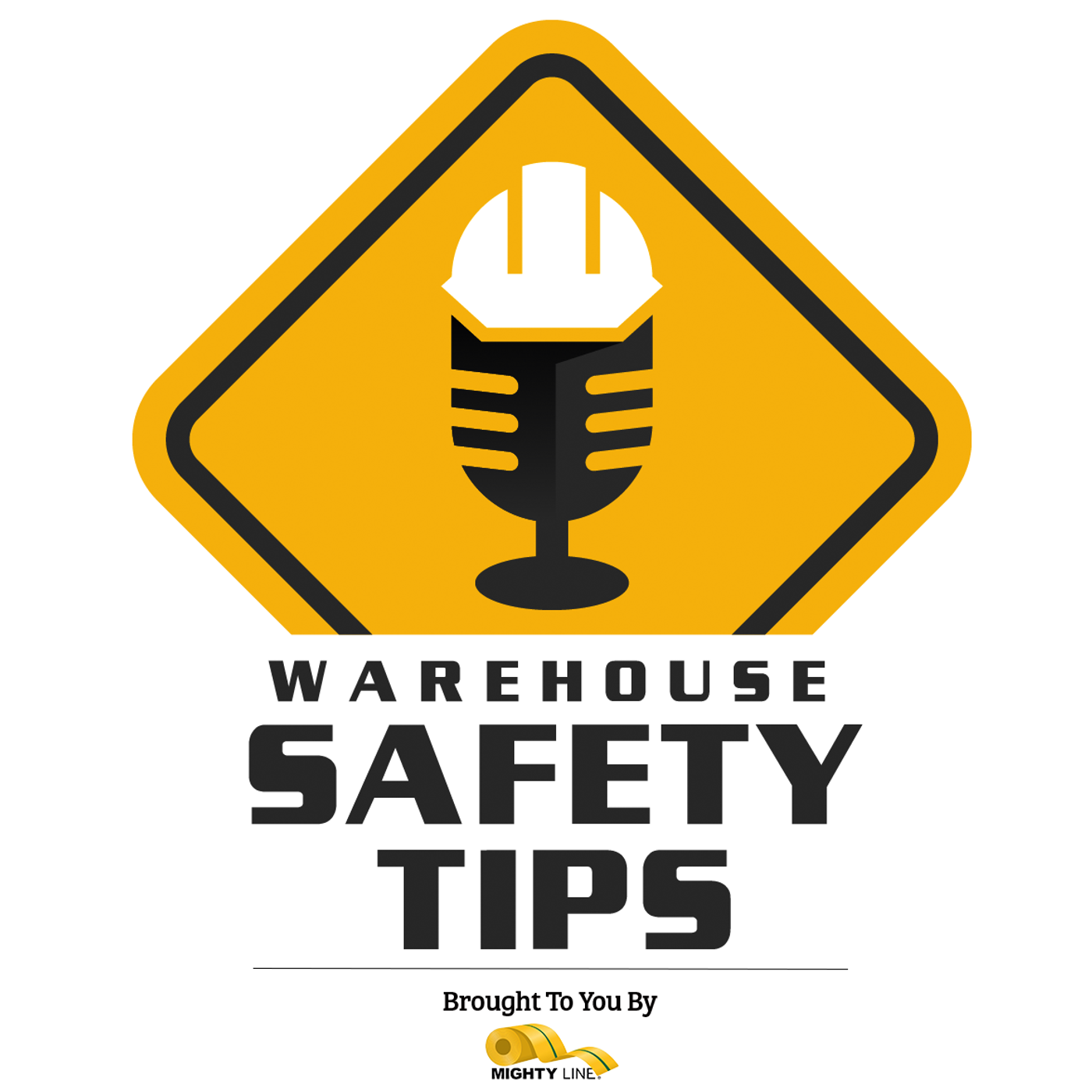- After-Shows
- Alternative
- Animals
- Animation
- Arts
- Astronomy
- Automotive
- Aviation
- Baseball
- Basketball
- Beauty
- Books
- Buddhism
- Business
- Careers
- Chemistry
- Christianity
- Climate
- Comedy
- Commentary
- Courses
- Crafts
- Cricket
- Cryptocurrency
- Culture
- Daily
- Design
- Documentary
- Drama
- Earth
- Education
- Entertainment
- Entrepreneurship
- Family
- Fantasy
- Fashion
- Fiction
- Film
- Fitness
- Food
- Football
- Games
- Garden
- Golf
- Government
- Health
- Hinduism
- History
- Hobbies
- Hockey
- Home
- How-To
- Improv
- Interviews
- Investing
- Islam
- Journals
- Judaism
- Kids
- Language
- Learning
- Leisure
- Life
- Management
- Manga
- Marketing
- Mathematics
- Medicine
- Mental
- Music
- Natural
- Nature
- News
- Non-Profit
- Nutrition
- Parenting
- Performing
- Personal
- Pets
- Philosophy
- Physics
- Places
- Politics
- Relationships
- Religion
- Reviews
- Role-Playing
- Rugby
- Running
- Science
- Self-Improvement
- Sexuality
- Soccer
- Social
- Society
- Spirituality
- Sports
- Stand-Up
- Stories
- Swimming
- TV
- Tabletop
- Technology
- Tennis
- Travel
- True Crime
- Episode-Games
- Visual
- Volleyball
- Weather
- Wilderness
- Wrestling
- Other
Warehouse Safety Tips | Episode 184 | Hazardous Material Handling in Factories and Warehouses
Hazardous Material Handling in Factories and Warehouses
On today's podcast, we'll be talking about the importance of Hazardous Material Handling in factories and warehouses.
So - stay tuned.
You can find the show notes to each episode, links to the information mentioned on the podcast, the social media platforms we're on, and anything else related to the podcast at WarehouseSafetyTips.com.
If you're a seasoned Podcast Listener, this podcast will be different from most you listen to. It's based on exactly what the name implies - Warehouse Safety Tips. And since the people in that industry are busy - we know time is money so each episode will be as short and to the point as possible.
And now that all that is out of the way - let's get to the Podcast!
Hazardous Material Handling in Factories and Warehouses
Regarding safety in factories and warehouses, one crucial aspect that staff and management cannot neglect is the proper handling and storage of hazardous materials. These substances, ranging from corrosive chemicals to flammable liquids, pose significant risks to workers and the environment. Establishing robust protocols and guidelines for safe handling is paramount to ensure all individuals' well-being and prevent potential accidents or disasters. This blog post will explore the importance of handling and storing hazardous materials in factories and warehouses.
The Risks at Hand: Hazardous materials are substances that, due to their nature, can cause harm to people, property, and the environment. They can be found in various forms, such as gases, liquids, or solids, and may exhibit properties like toxicity, flammability, or reactivity. Mishandling or improper storage of these materials can result in serious injuries, fires, explosions, environmental contamination, and even loss of life. Recognizing the potential risks associated with hazardous materials is the first step toward developing effective safety measures.
Establishing Protocols: To ensure the safety of workers and minimize the risks associated with hazardous materials, factories, and warehouses must implement comprehensive handling and storage protocols. These protocols should encompass various aspects, including (But not limited to):
Identification and labeling: Marking and labeling all containers and storage areas to indicate the nature of the hazardous materials.
Storage compatibility: Storing materials with similar characteristics, ensuring incompatible substances are kept separate to prevent reactions.
Proper containment: Using appropriate containers and packaging materials that are leak-proof, sturdy, and specifically designed to handle hazardous materials.
Handling procedures: Providing specialized training to workers on how to safely handle and transport hazardous materials, including the use of personal protective equipment (PPE) such as gloves, goggles, or respirators.
Emergency response: Develop detailed plans for responding to spills, leaks, or other hazardous material incidents, including evacuation procedures, containment strategies, and communication protocols.
Regulatory compliance: Adhering to local, regional, and national regulations governing the handling, transportation, and storage of hazardous materials.
Regular Training and Evaluation: Implementing protocols alone is insufficient; continuous training and evaluation are crucial to maintaining a safe environment. Management should conduct regular training sessions to keep employees updated on best practices, safety measures, and any changes in regulations. Additionally, conducting routine inspections and audits can identify potential hazards, highlight areas for improvement, and ensure complianc

